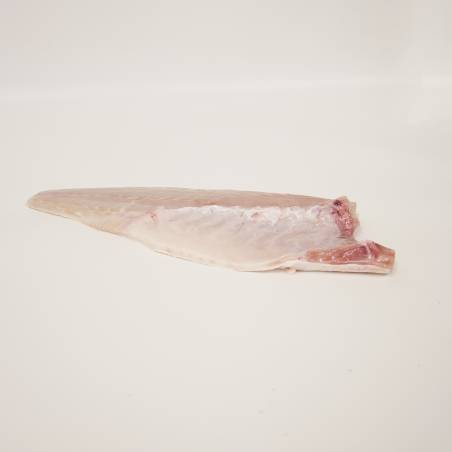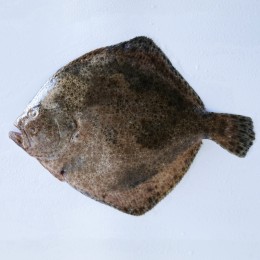The sea bass (Dicentrarchus labrax) inhabits the North Sea, the English Channel and the Atlantic Ocean, and is also very common in the Mediterranean Sea. It is found on the rocky shores of sandy areas, river mouths and also in ports, harbours, docks, jetties and breakwaters. It is usually found at a depth of between 10 and 15 metres.
It has a long, oval and slender body, with separate dorsal fins and no spots. Its head is long and its skin colour is silver-grey on the back, lighter on the sides and white on the belly. It has a huge, predatory mouth. The bigger the fish, the more prized it is in the market.
Sea bass is considered the leanest white fish of its kind. Ideal food for low-fat and low-calorie diets. It stands out nutritionally for its omega 3 acid content, which is fundamental in the prevention of cardiovascular diseases.
One of the most traditional ways of cooking sea bass is "a la sal". The sea bass is placed on a bed of coarse salt and covered with a large layer of coarse salt. It is grilled and to serve it, the ritual of lifting the quilt of salt is followed, to which the skin will remain attached and the loins will appear clean and cooked to perfection. Baked in the oven with olive oil and salt, or steamed, it is also excellent.
Name: Wild sea bass (Dicentrarchus labrax)
FAO 3-alpha code: BSS
Catch or farming area: FAO-27
Sub-area: To be specified at time of delivery
Method of production: Captured
Fishing gear: Lines and hooks
Store between: 0-4°C
IMPORTANT: The net quantity and expiry date of the product shall be specified at the time of delivery.





























